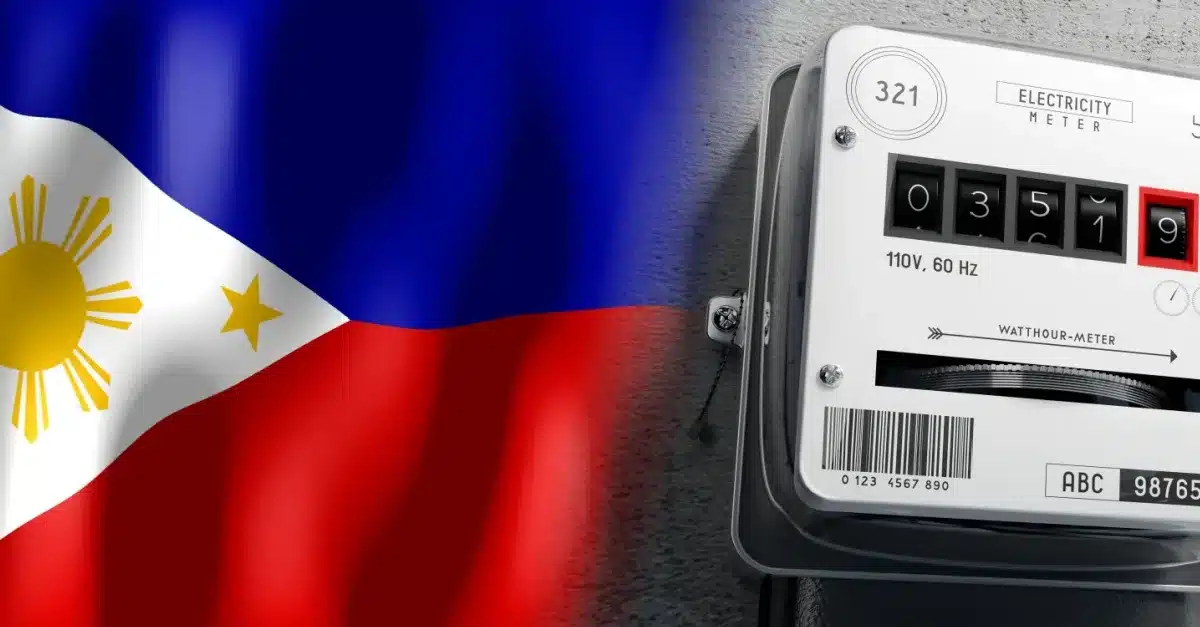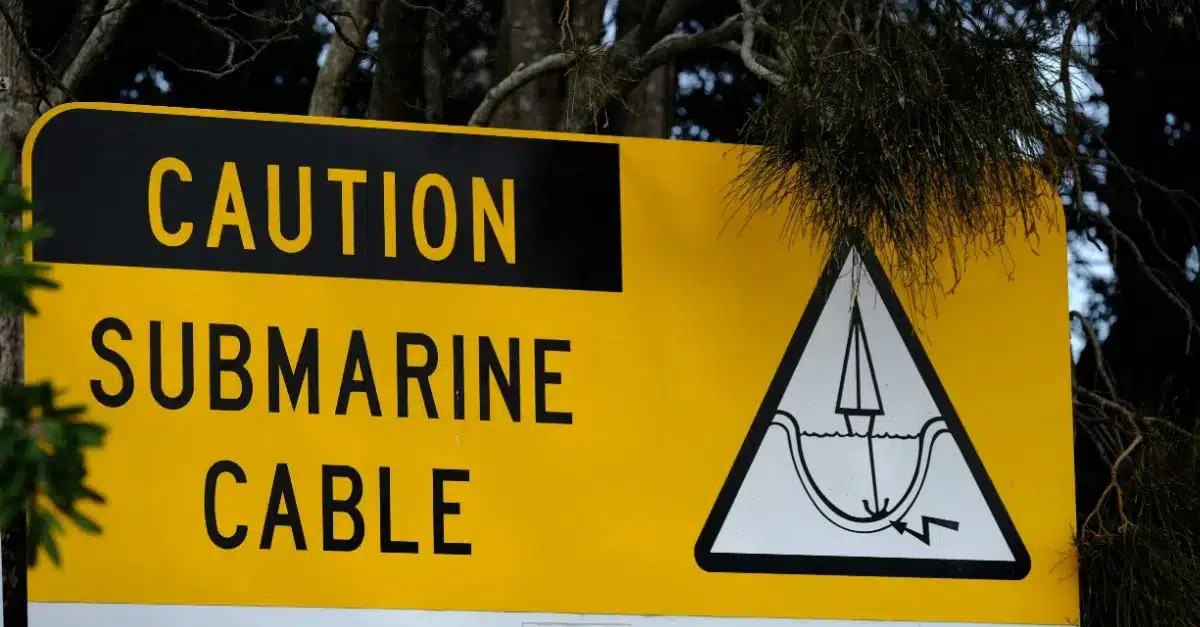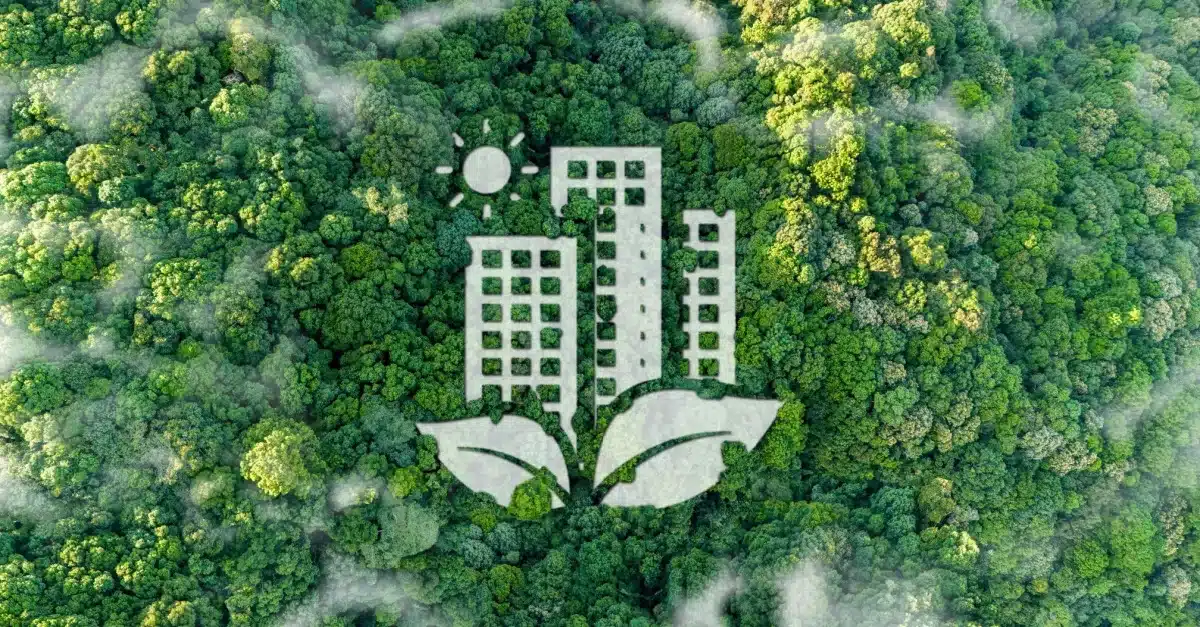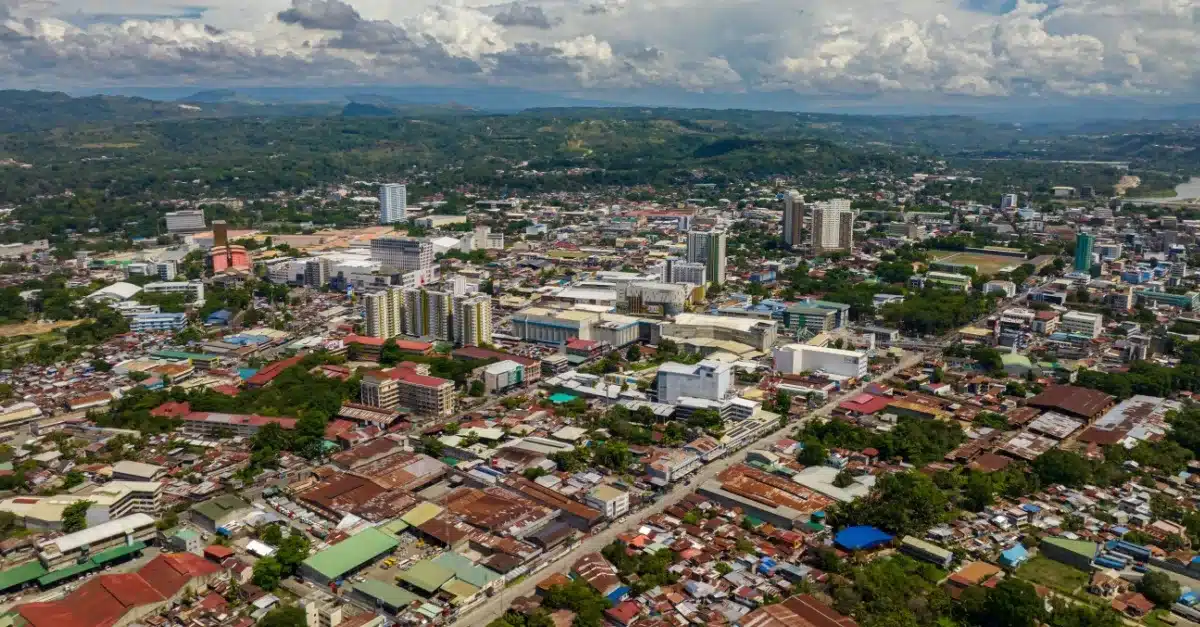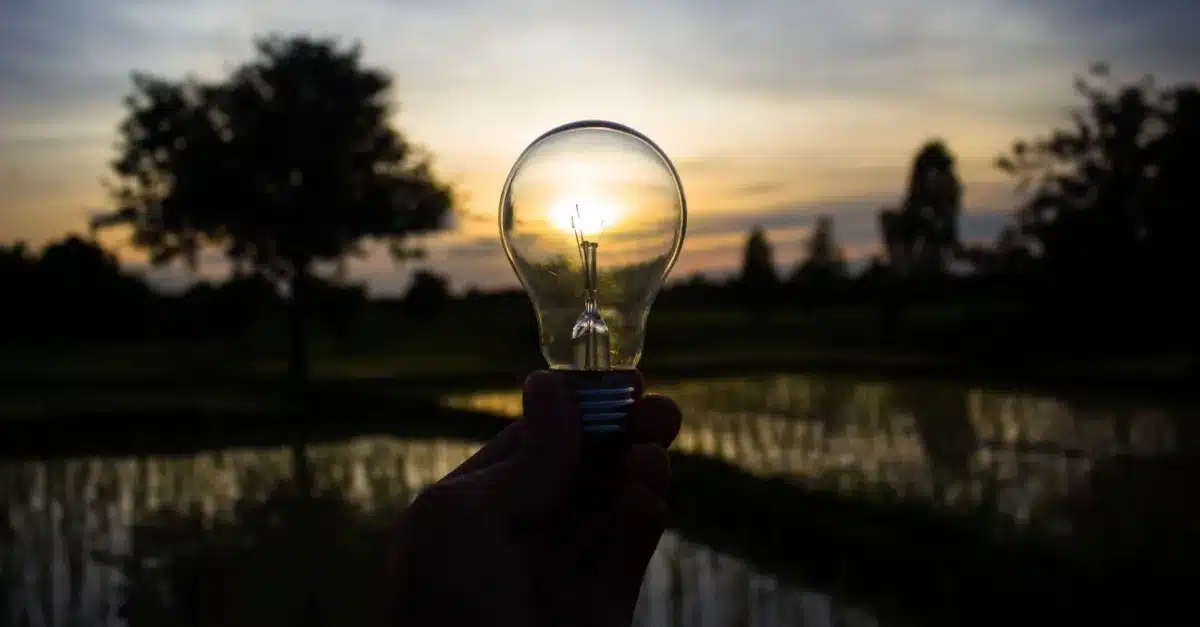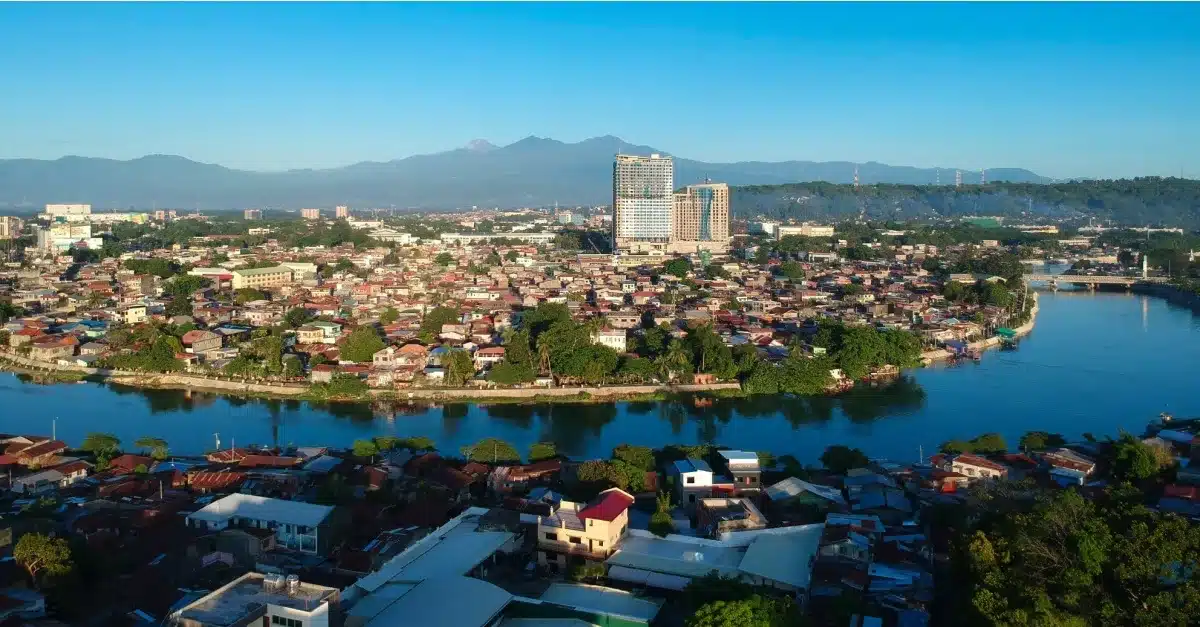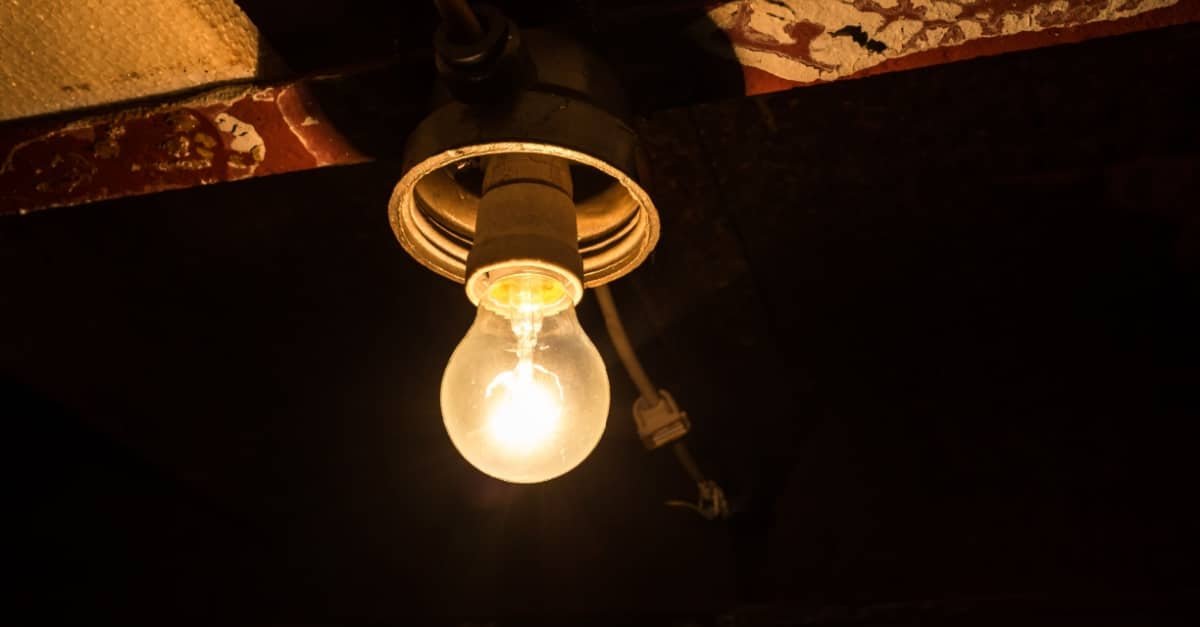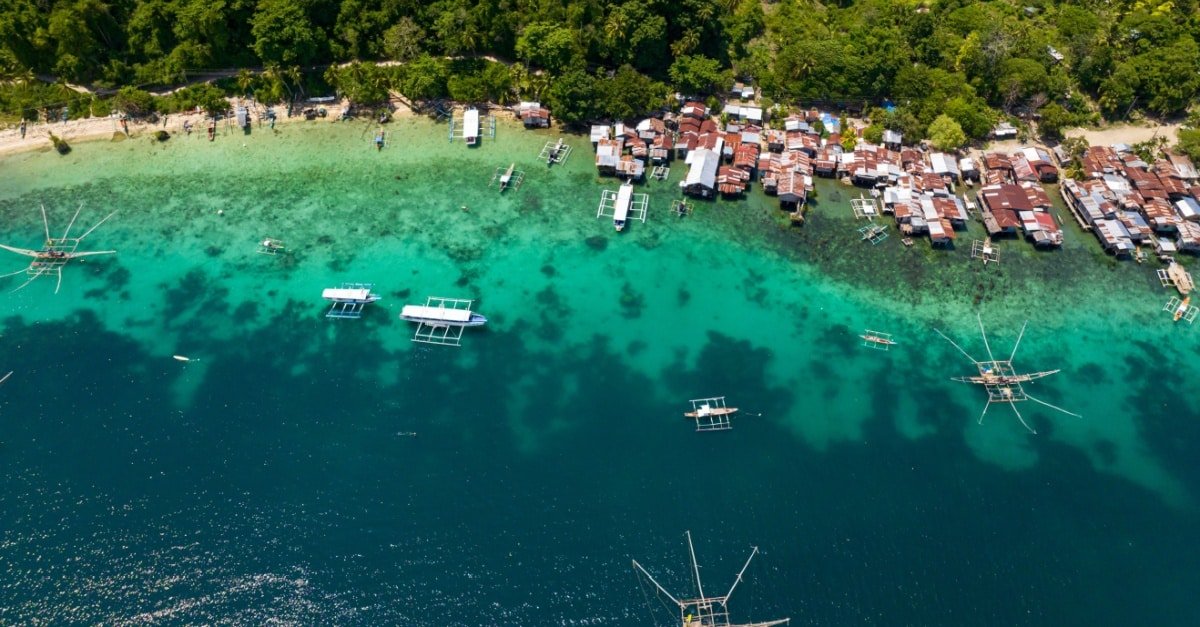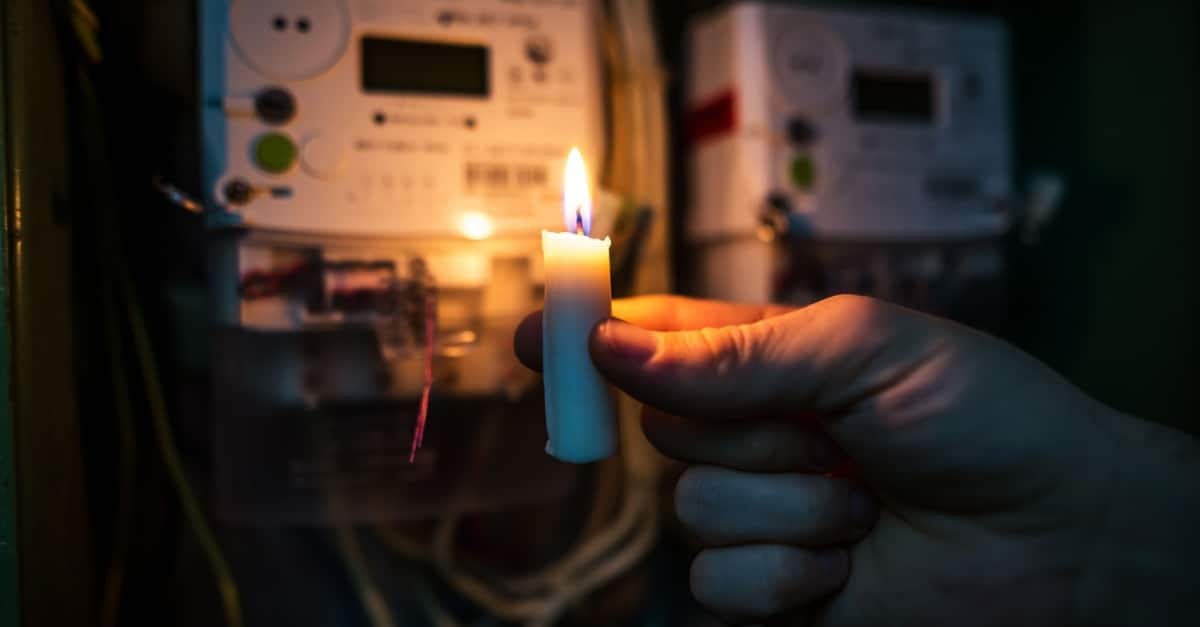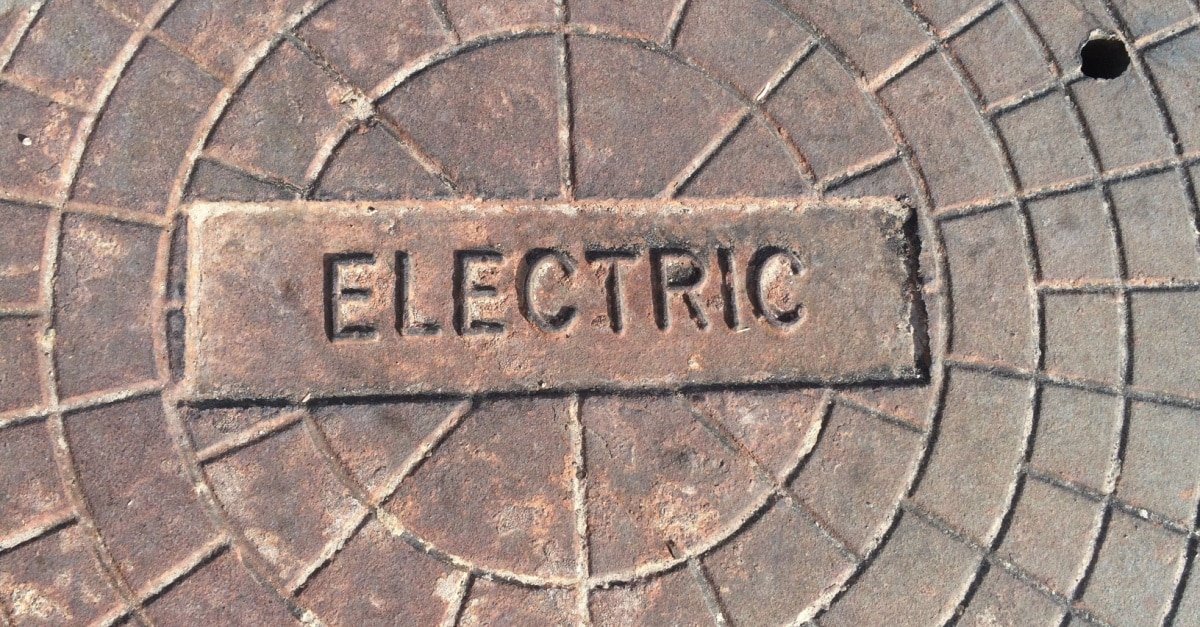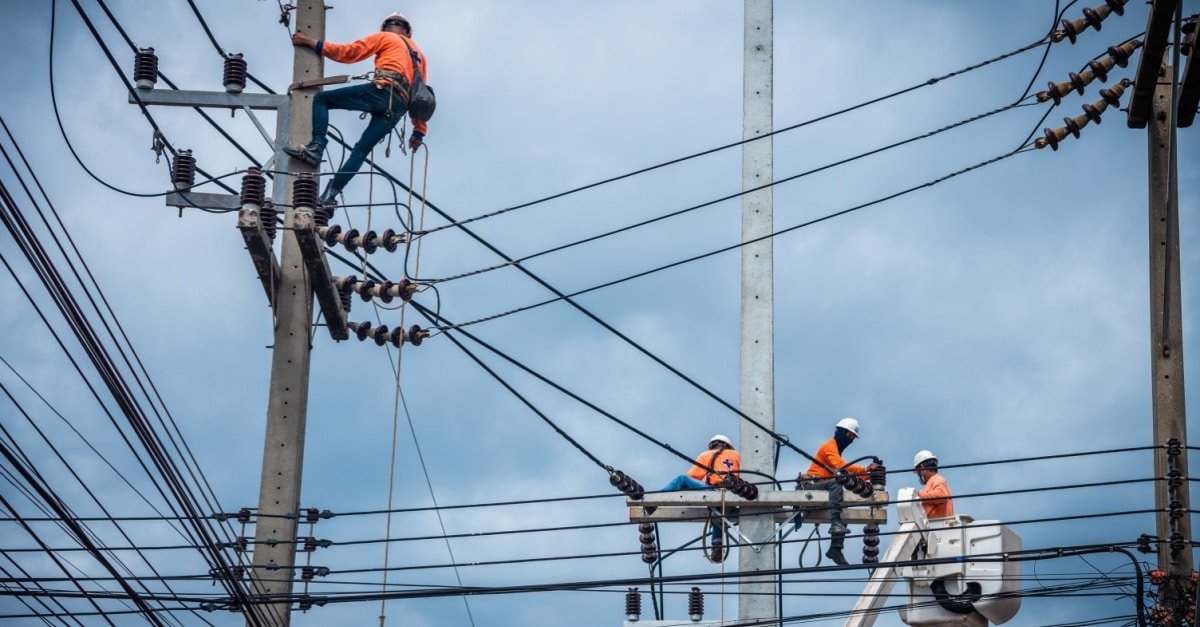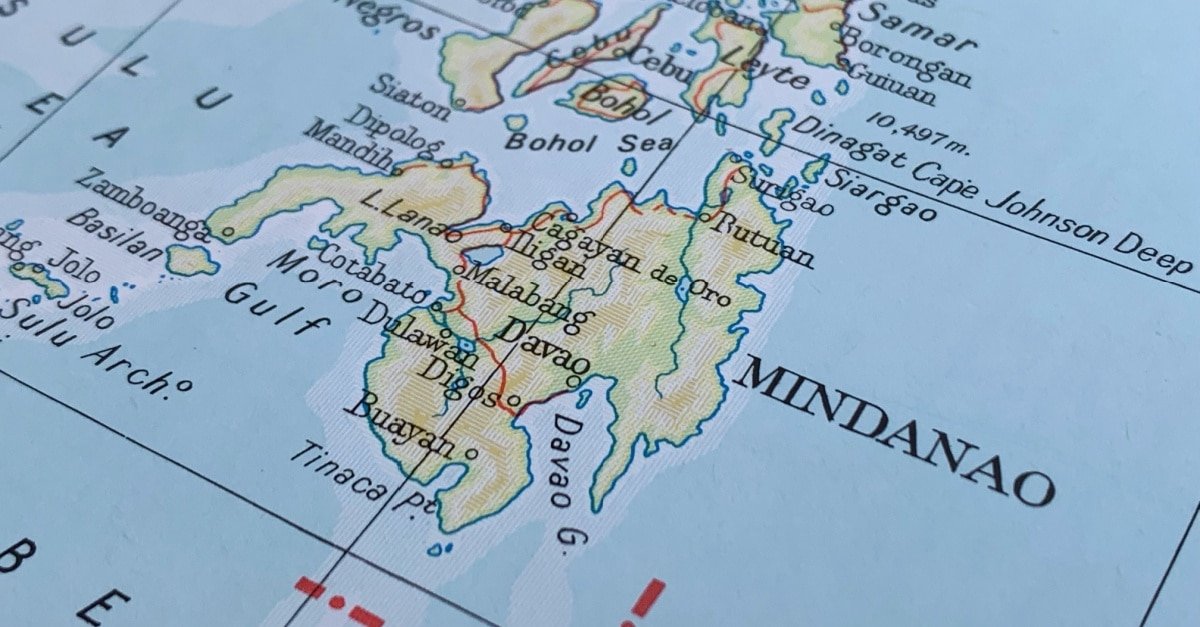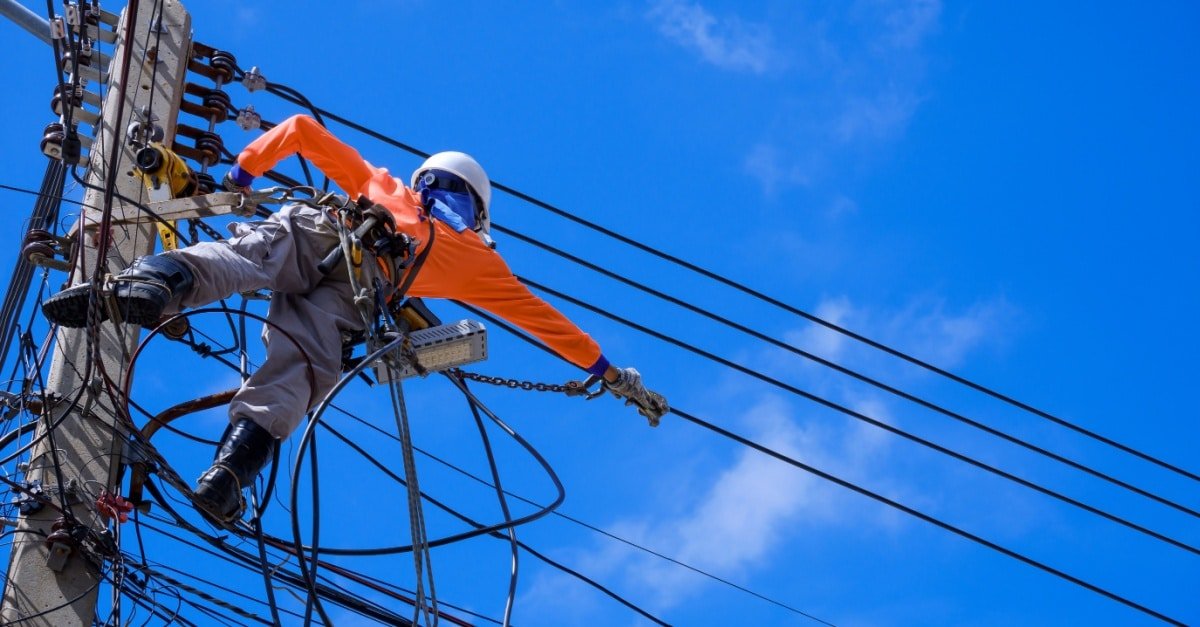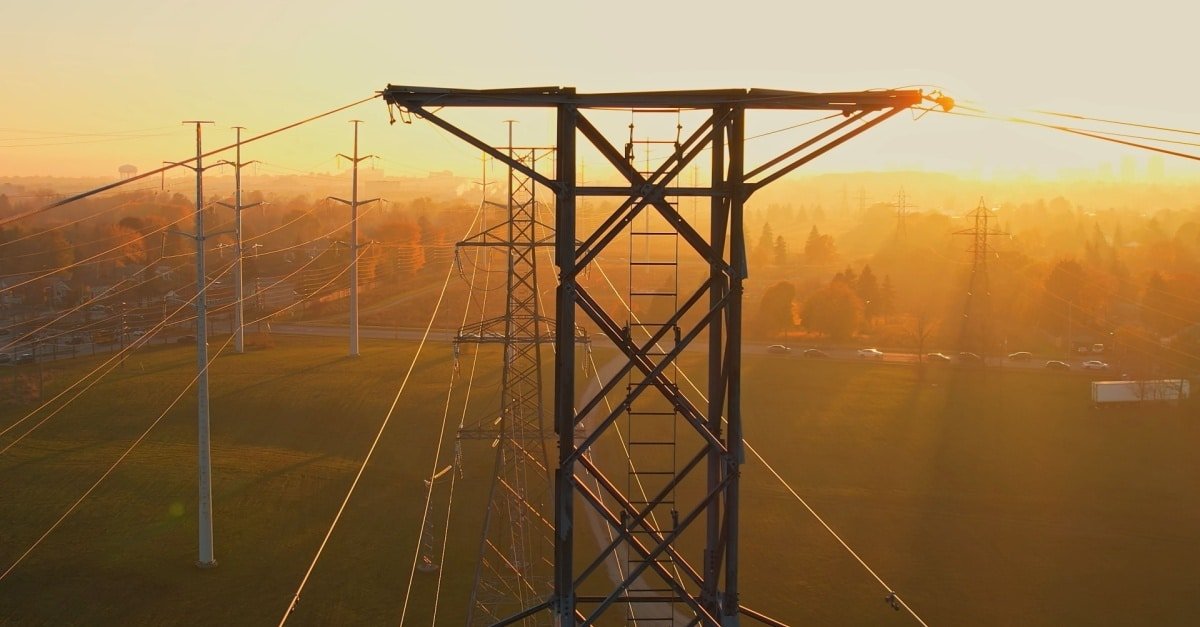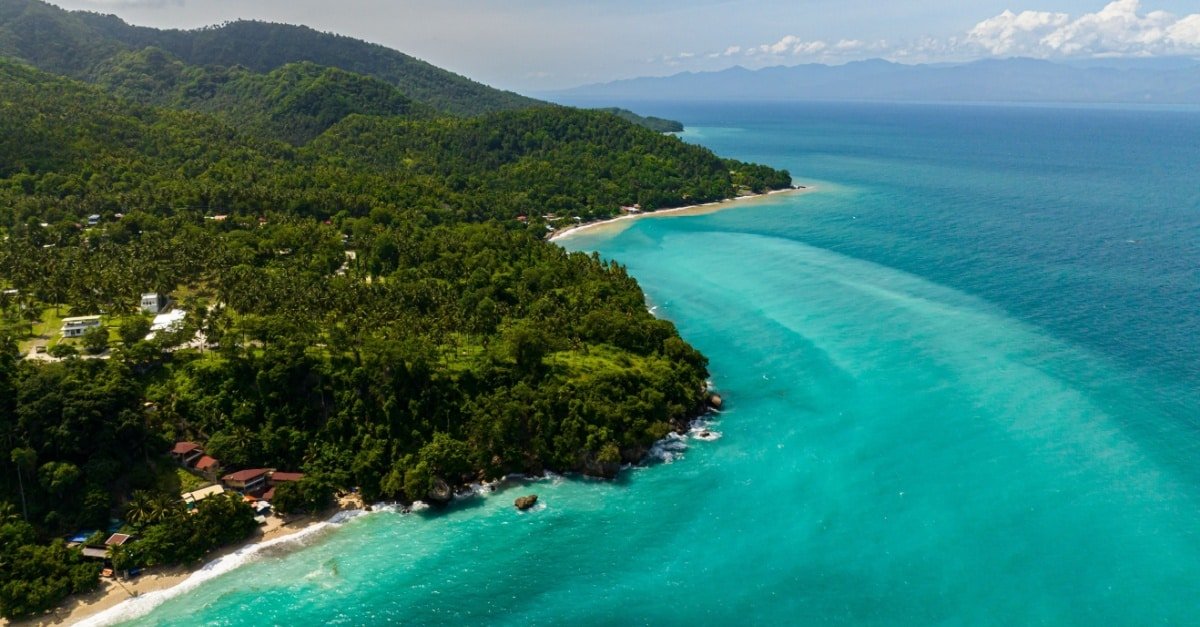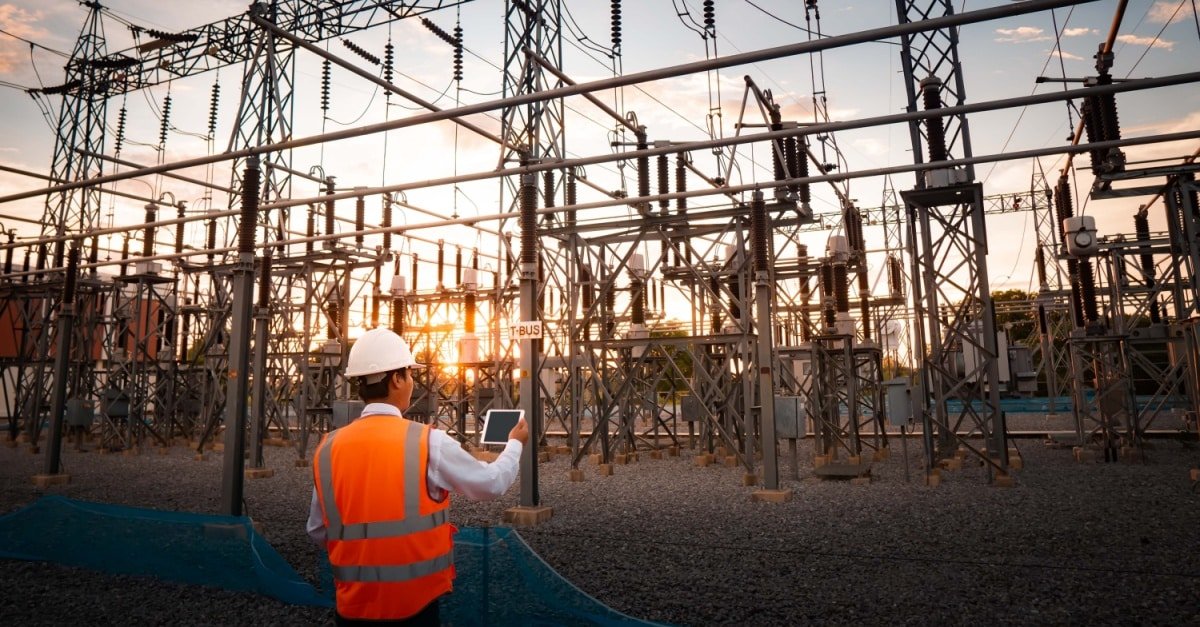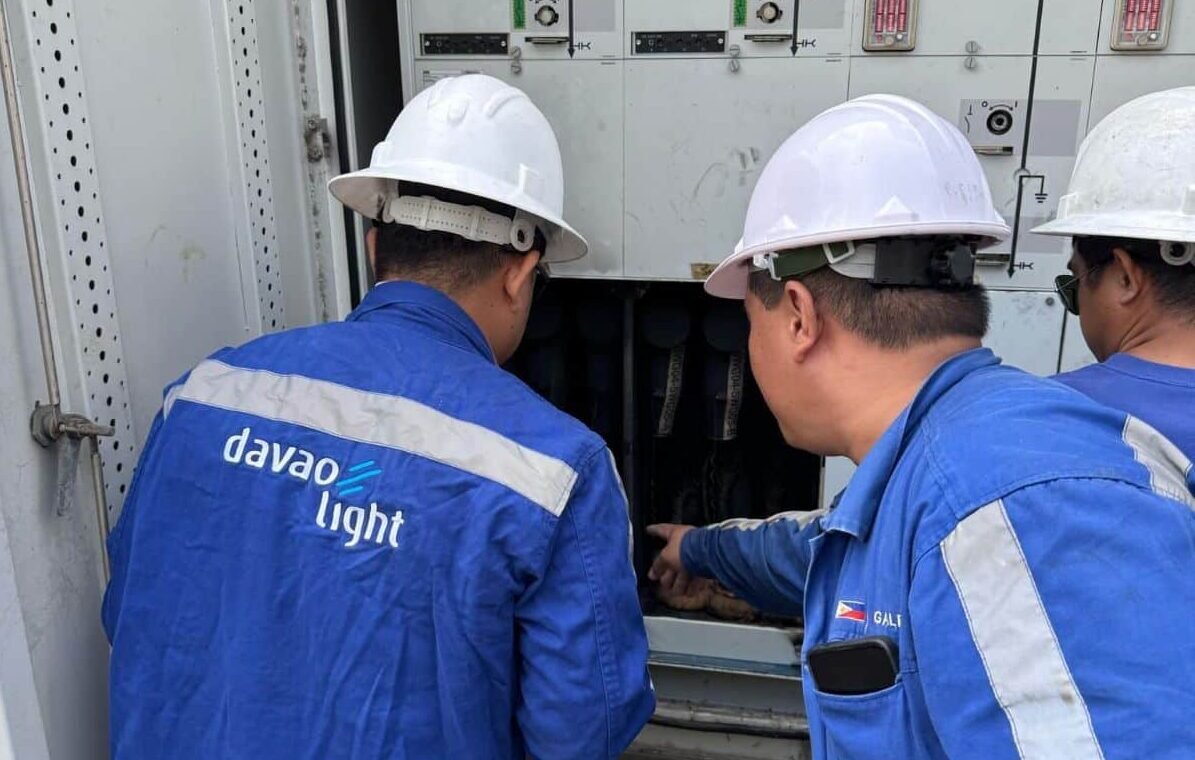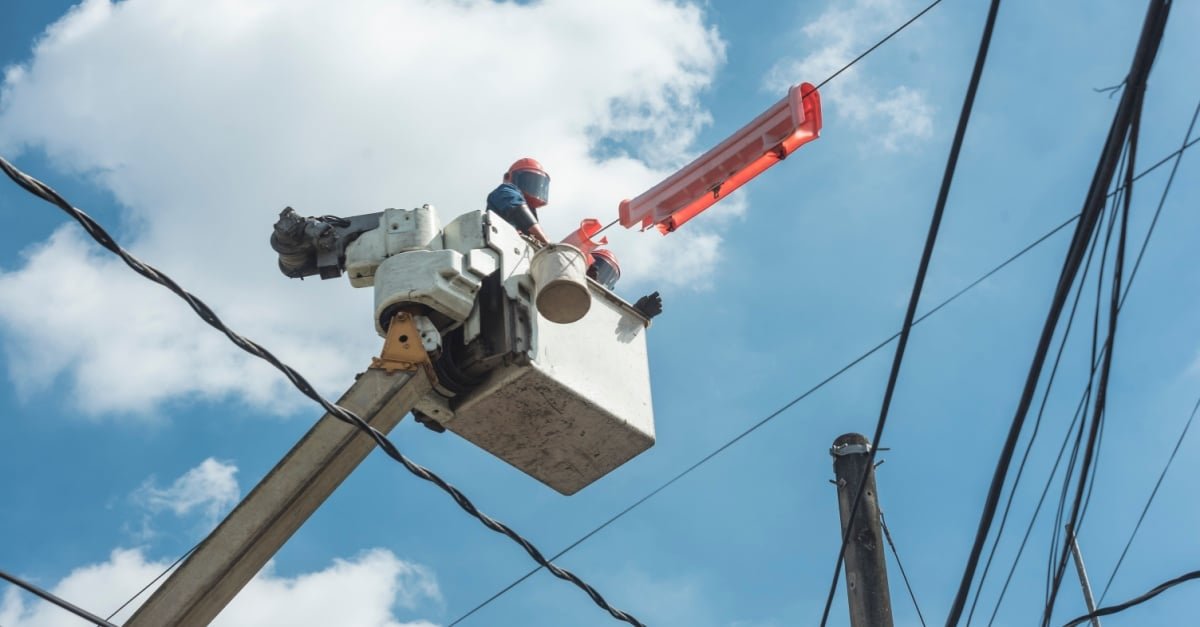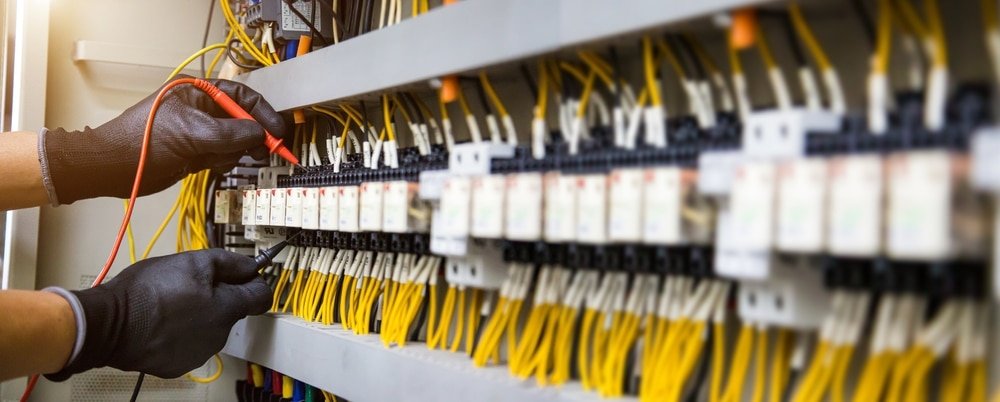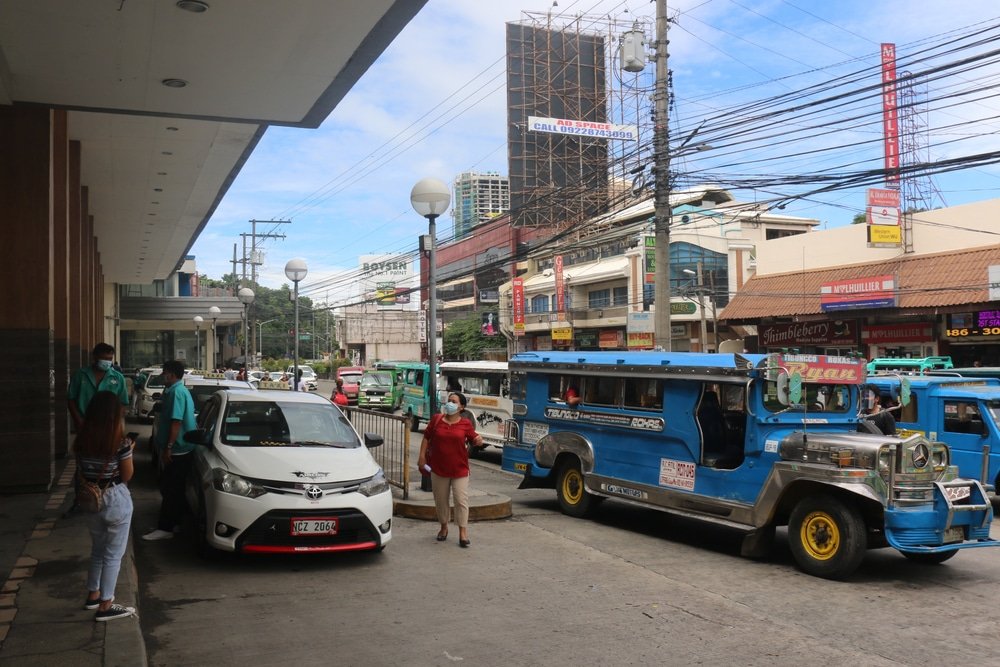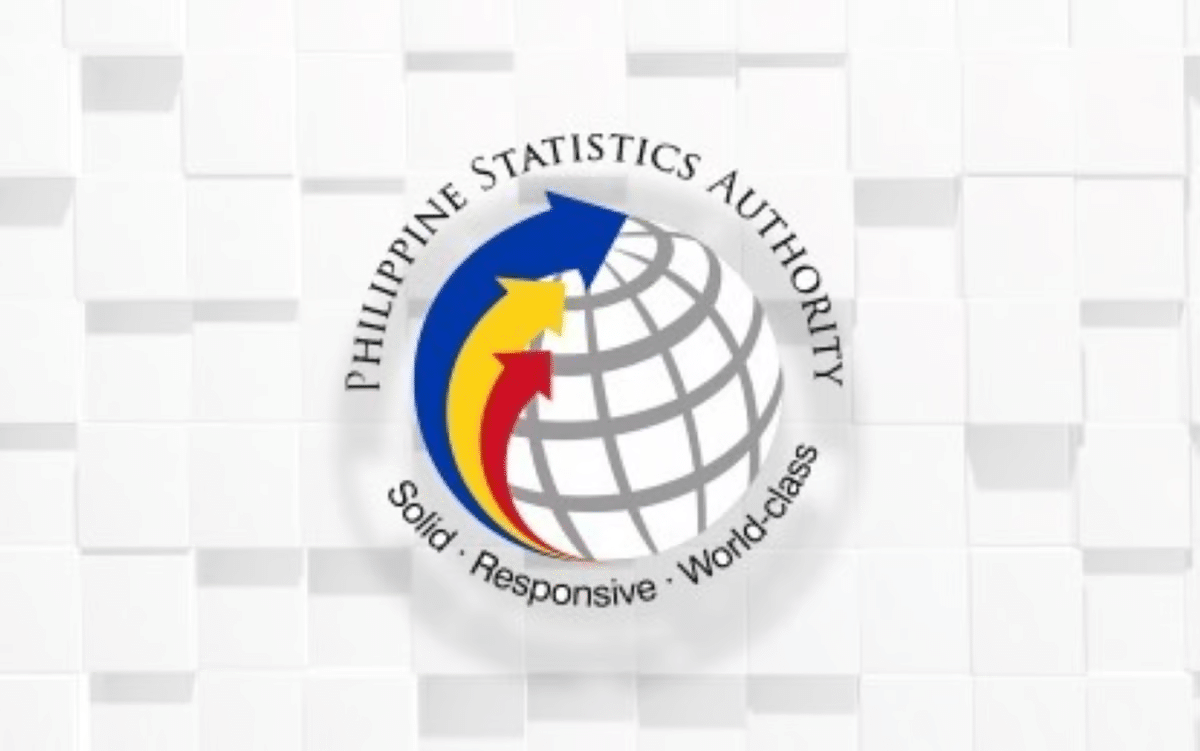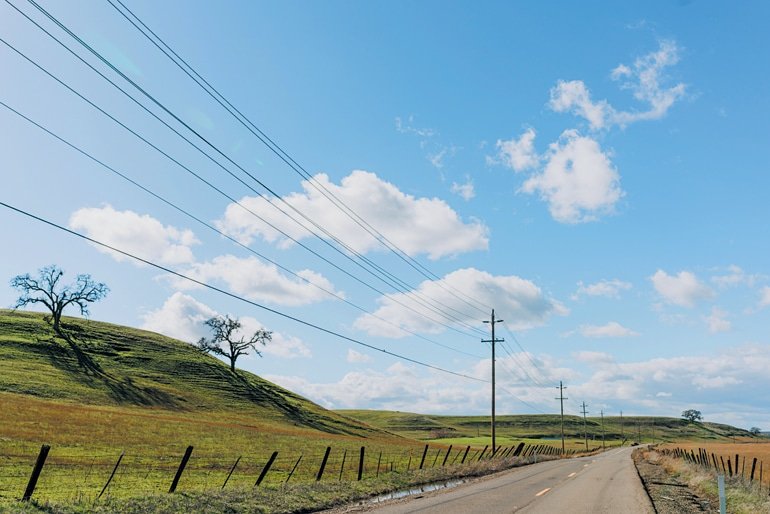
For most of us, turning on a light or charging a phone is second nature—electricity just works. But behind that simple flick of a switch is the power grid, a system of power plants, high-voltage transmission lines, substations, and distribution systems that work together to deliver electricity from its source to homes, businesses, and industries. In a geographically fragmented country like the Philippines, maintaining grid reliability, resilience, and efficiency—especially in under-served regions like Mindanao—is both a challenge and a necessity.
Mindanao has the lowest electrification rate in the country, with areas such as the Bangsamoro Autonomous Region in Muslim Mindanao (BARMM) reporting coverage of less than 50%, far below the national average of 94 to 95%.
The region is isolated from the main Luzon grid, which limits its ability to draw power during shortages or emergencies. Additionally, Mindanao’s geography, with its mountainous regions and islands, makes it difficult to extend power lines to remote areas.
An evolving energy landscape
Mindanao’s power sector has made significant strides in recent years, considering its history of being prone to brownouts and power deficits. As of April, Mindanao’s grid had a total capacity of 3,221 megawatts (MW), while peak demand reached 2,596 MW, leaving a reserve margin of 625 MW.
This growth has helped Mindanao shift from power-deficient to power-surplus, now even exporting electricity to the Visayas and Luzon through the Mindanao-Visayas Interconnection Project (MVIP).
Several initiatives are underway to further modernize Mindanao’s energy infrastructure. A key focus is the rehabilitation of the Agus-Pulangi hydropower complex, an aging backbone of the island’s electricity generation. In Davao de Oro, a 49-MW battery energy storage system (BESS) has been introduced to enhance grid stability. New infrastructure in the pipeline includes key transmission projects, upgrades that are critical to maintaining stability across an increasingly interconnected Philippine grid.
(Also read: Powering Progress: The Mindanao-Visayas Interconnection Project)
The role of baseload power and renewable limitations
While renewable energy projects are gaining traction in Mindanao, conventional power sources remain essential, especially for baseload power. Coal, natural gas, and hydro plants can run continuously to provide stable, on-demand power that intermittent renewables currently cannot.
Unlike fossil fuel or hydro plants, solar and wind power are dependent on environmental conditions, which fluctuate daily and seasonally. This intermittency can create challenges for grid operators trying to maintain a balance between supply and demand. Without adequate energy storage or fast-responding backup sources, an over-reliance on renewables could lead to reliability concerns. For this reason, many experts argue that a mix of energy sources is necessary.
Energy advocate Nic Satur Jr. emphasized the need for a diverse and proactive approach to generation development amid rising demand for reliable electricity. “We must encourage constructing more power plants, regardless of the specific technology, to keep pace. Whether it’s coal, natural gas, geothermal, biomass, or even nuclear,” he said.
“Increasing our baseload capacity is crucial to meeting the needs of our growing nation. This means streamlining the permitting process, creating clear and stable regulations, and fostering a pro-investment environment that attracts domestic and foreign capital,” Satur continued.
Baseload generation from conventional fuels ensures a dependable backbone, especially in industrial zones and critical facilities. Renewables, while valuable, must be integrated thoughtfully and supported by transmission upgrades and storage technologies.
(Also read: Why Energy Storage Systems Are Vital to Renewable Energy)
Challenges that remain
Despite gains in grid capacity and renewables, many rural and island communities in Mindanao remain off-grid. Much of the region’s existing grid infrastructure is aging, raising concerns about long-term resilience.
“The current grid infrastructure, designed primarily for centralized fossil-based power generation, cannot efficiently handle distributed and intermittent renewable sources. Prioritizing grid modernization and expanding transmission capacity is critical,” said economics professor Dr. Fernando T. Aldaba.
To address investment and modernization gaps, the Makati Business Club (MBC) has proposed adopting a Build-Operate-Transfer (BOT) scheme for grid development. Under this model, private firms or government corporations would build and operate transmission facilities for a set period before handing them over to the state.
“Increased investments in grid infrastructure improve the development of renewable energy and reduce long-term cost by improving transmission efficiency. These improvements need to happen at a faster pace, given the growing interest of investors in the Philippine renewable energy industry,” the MBC said in a statement.
A BOT scheme could accelerate much-needed infrastructure upgrades, reduce grid congestion, and better integrate renewable energy sources. Such reforms could be pivotal for Mindanao, where logistical and financial barriers have long delayed development.
Mindanao’s shift from energy insecurity to surplus is a major success story, but sustaining it will require careful planning. Balancing renewable integration with dependable baseload power, modernizing transmission lines, and exploring innovative models like BOT will be key. By reinforcing infrastructure and policy, Mindanao can secure a future that is both resilient and inclusive, powering growth across the region.
Sources:
https://www.rappler.com/brandrap/efforts-secure-energy-visayas-mindanao/
https://mbc.com.ph/2025/04/03/mbc-statement-on-private-investments-on-ph-grids/

